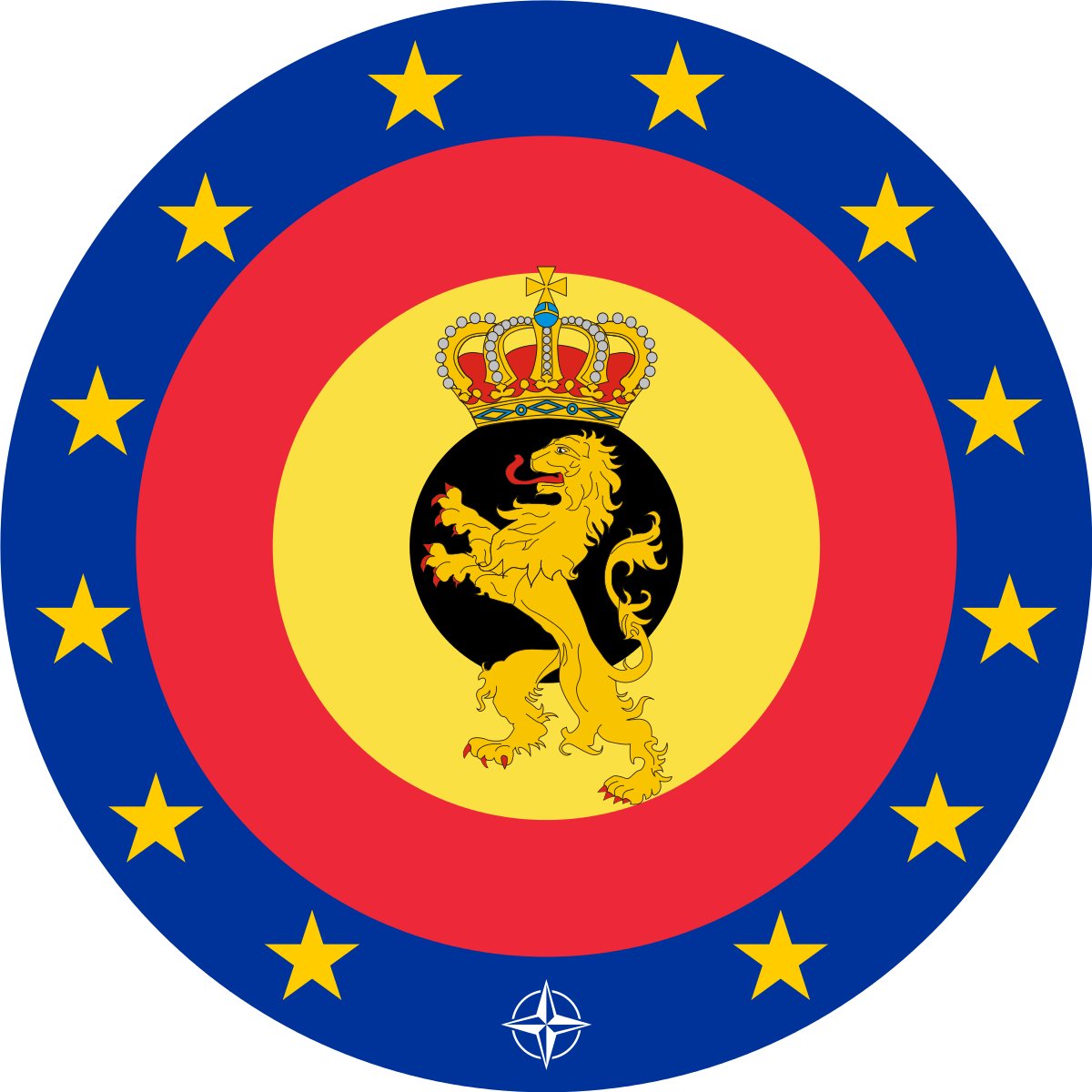
The Strategic Committee on Belgian Defence: How to Read the Report

In
A band of hardliners with a shopping list: that is how we came across after the debate in the media and in the defence committee of the Belgian Federal Parliament last week. We, that is the Strategic Committee on Belgian Defence: ten academics, including the three of us, and two co-chairs who wrote a report at the request of Defence Minister Ludivine Dedonder.
(Photo credit: mil.be)
*****
The Strategic Committee on Belgian Defence: How to Read the Report
A band of hardliners with a shopping list: that is how we came across after the debate in the media and in the defence committee of the Belgian Federal Parliament last week. We, that is the Strategic Committee on Belgian Defence: ten academics, including the three of us, and two co-chairs who wrote a report at the request of Defence Minister Ludivine Dedonder.
But for us the shopping list is not at the centre of our recommendations. The main message – the actual strategic advice – is about the core tasks of Belgian Defence.
During the past thirty years the Belgian Armed Forces have concentrated on operations abroad, contributing to the collective security of Europe and the world. The collective defence of our own territory was pushed into the background. The army did recently have to assume domestic security missions, though, which actually belong with the police.
In a fast evolving security environment, in which great power competition, terrorism and the climate crisis, among others, interact with each other, priorities must be refocussed. The Belgian Armed Forces have two core tasks. The first task is collective defence, through NATO and the EU, of our own territory. “Territory” today obviously includes cyber space. The Armed Forces must also contribute to building resilience against so-called “hybrid” threats, such as espionage, sabotage, and disinformation. The second core task is continuing to contribute to collective security through significant deployments abroad.
This redefinition of the core tasks has three implications.
First, if the core tasks are collective defence and collective security, then assistance to the nation is not. Of course, in a crisis, everybody does what he can, as during the corona crisis today. But helping out in hospitals and care centres is not the new permanent mission of the Armed Forces, just as patrolling the streets of Brussels and Antwerp is not. After the crisis, everyone concentrates on their core tasks again, just like a hospital ward that temporarily became a corona ward returns to its actual mission. The Armed Forces, in other words, can not be abused to compensate the lack of investment in other government services.
Second, Defence must really invest in the recruitment of personnel, and in its people as such. 25,000 troops will not suffice to make a significant long-term contribution in the Baltic states (to collective defence) and in the Sahel and Central Africa (to collective security) at the same time if and when required. The first objective though, given the ongoing outflow of people, is to reach even 25,000 troops in the first place. That demands a lot more attention for diversity in recruitment, for the work-life balance, and for the welfare of personnel in general. In sum, Belgian Defence must become an attractive employer able to recruit highly qualified staff on a highly competitive job market.
Third, our Armed Forces are lacking in firepower, especially the Land Component, but also in indispensable medical capabilities. Without sufficient medical support, the Armed Forces quite simply cannot deploy. Our report offers a menu of options for new equipment in all Components, which can be taken into consideration. As a Committee we consciously chose not to recommend one or the other option – it is up to the Defence Staff to elaborate a balanced range of capabilities. Obviously, though, it is not the intention to order the whole menu at once. That is a (conscious or unconscious) misreading of the report.
Many read our report as if it is the new Strategic Vision of Belgian Defence. It is not, of course. These are recommendations, and a compromise, moreover, between the twelve members. It is up to the Minister now to propose the actual updated Strategic Vision to the Federal Government.
The coalition seeks to limit this indeed to an update, with the same time horizon as the current Strategic Vision: 2030. For the Armed Forces, however, 2030 is the day after tomorrow. If Belgium, for example, would effectively choose to expand the Armed Forces beyond 25,000 men and women again post 2030, then Defence must organise itself for that now.
Conclusion: the Belgian Government must decide in 2021 where our Armed Forces must be in 2040.
Professors Sven Biscop (Egmont & Ghent University), Nina Wilén (Egmont & Lund University), and Jonathan Holslag (Vrije Universiteit Brussel) were members of the Strategic Committee on Belgian Defence.